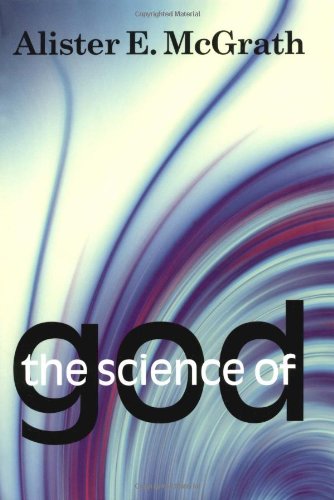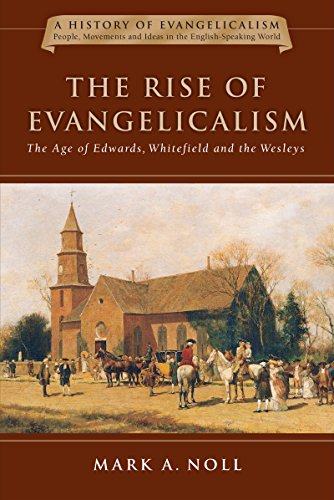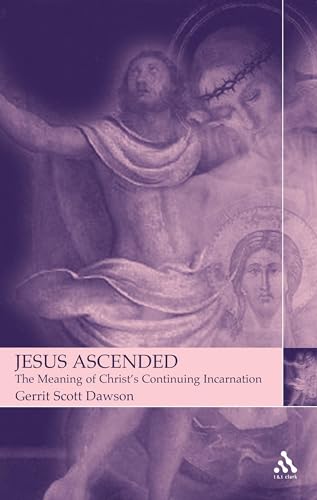THE SCIENCE OF GOD: AN INTRODUCTION TO SCIENTIFIC THEOLOGY
Written by Alister McGrath Reviewed By Steve BishopIt is a truism to say that Alister McGrath is a prolific author! In 2004 he published four books including The Twilight of Atheism, Theology: The Basics—which serves as an introduction to his undergraduate textbook Christian Theology—and Dawkins’ God. And now we have The Science of God, which is an abridged and simplified version of his three volume A Scientific Theology (2001–03) (the first two volumes of this project were reviewed in Themelios 29 (1) 2003:114–15). The level, style and length of A Scientific Study were enough to put many off tackling his important work. This is something that McGrath has remedied in this book. Its aim is to ‘introduce the distinctive themes and emphases of this scientific theology to a wider readership’ (x).
The book has a threefold task: it explores the relationship between the natural sciences and theology; it is a work on theological method; and an apologia for the theological enterprise. His project is to develop a public theology; one that can stand on its own and at the same time engage with other disciplines.
It is split into three main sections—following the three separate volumes of A Scientific Theology—Nature, Reality and Theory.
After a short ‘Prolegomena’, which outlines his methodology, McGrath examines ‘Nature’. Here he suggests that ‘nature’ is a socially mediated construction and makes an interesting case for natural theology. His concept of natural theology is different from the nature-leading-to-theology approach of the sixteenth and seventeenth century. It is not an attempt to ‘subvert the necessity of divine revelation’ rather it is to be ‘conducted within the scope of a revealed knowledge of God’ (89). Though perhaps the question should be asked, is this really natural theology?
In the section on ‘Reality’ he defends the notion of critical realism and shows how it is relevant in theology. He also makes use of Roy Bhaskar’s stratified view of reality. I am puzzled: why there is no mention of Herman Dooyeweerd? Dooyeweerd’s notion of a multi-levelled, though coherent reality—developed in the 1930s—is much more nuanced than Bhaskhar’s and arises out of a Christian as opposed to Bhaskar’s more Marxist worldview.
The final main section ‘theory’ looks at the role of theory in science and applies it to theology. Doctrine for McGrath is a theory. His discussion of the role of revelation is interesting; he advocates a ‘multi-levelled imprint of revelation upon reality’ (211). The different levels are: texts, patterns of worship, ideas, communities, institutional structures, images, distinctive vocabulary and religious experience.
Throughout reading the book I was left wondering: why the choice of natural science as a dialogue partner? Is McGrath guilty of violating his own principle—following Bhaskar—of a working method appropriate for each level of the stratified reality? In attempting to make theology scientific is he not imposing on theology the so-called scientific method? It remains to be seen—despite his caveats—if it doesn’t go the way of the adoption to Plato by Justin Martyr and the adoption of Aristotle by Aquinas.
This book is an important introduction to McGrath’s scientific theology project; the scope of it alone is breath-taking in its big-picture approach. Many undergraduates will bless McGrath: no longer will they have to wade through the 1000 pages of his three volumes!
Steve Bishop
Bristol







